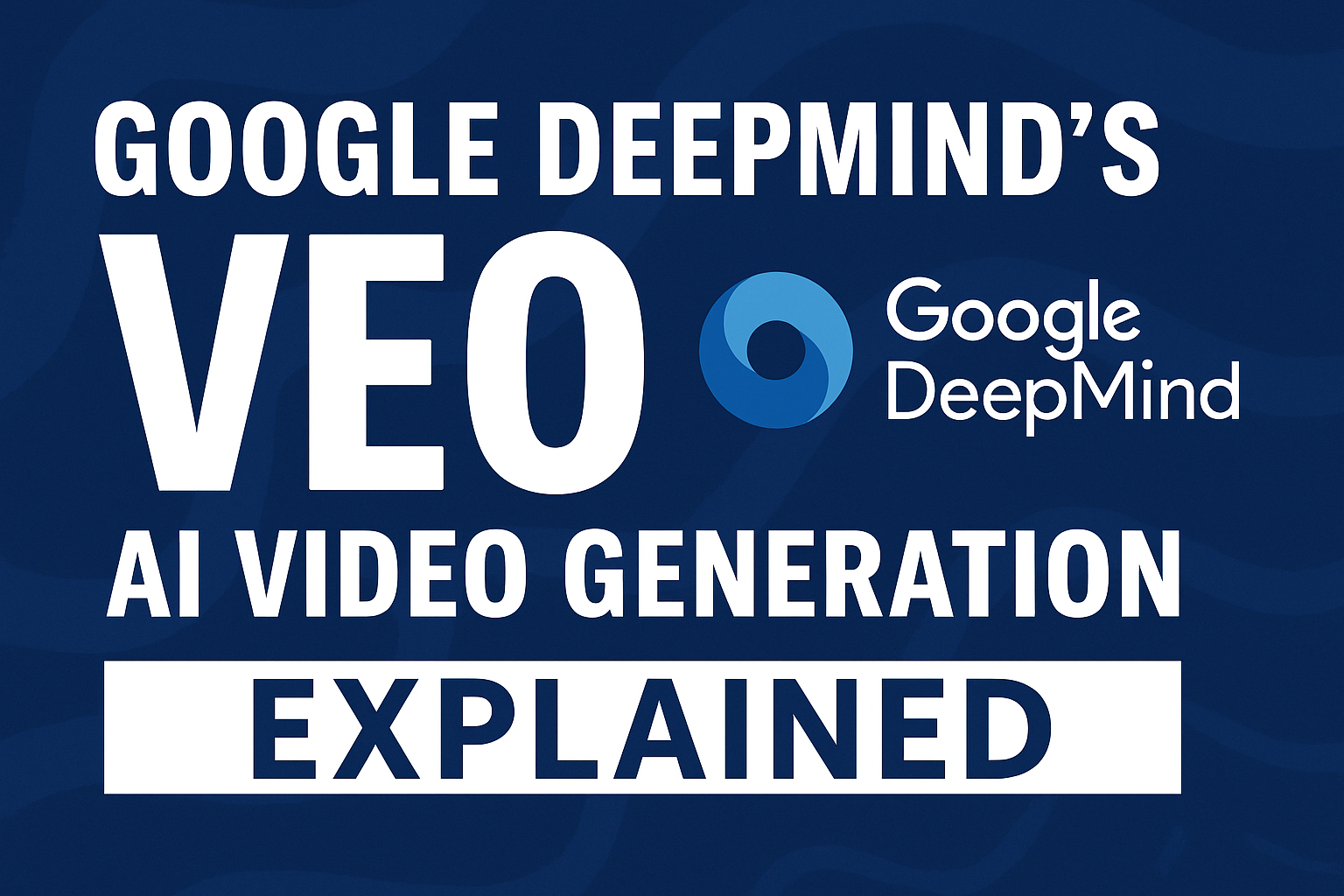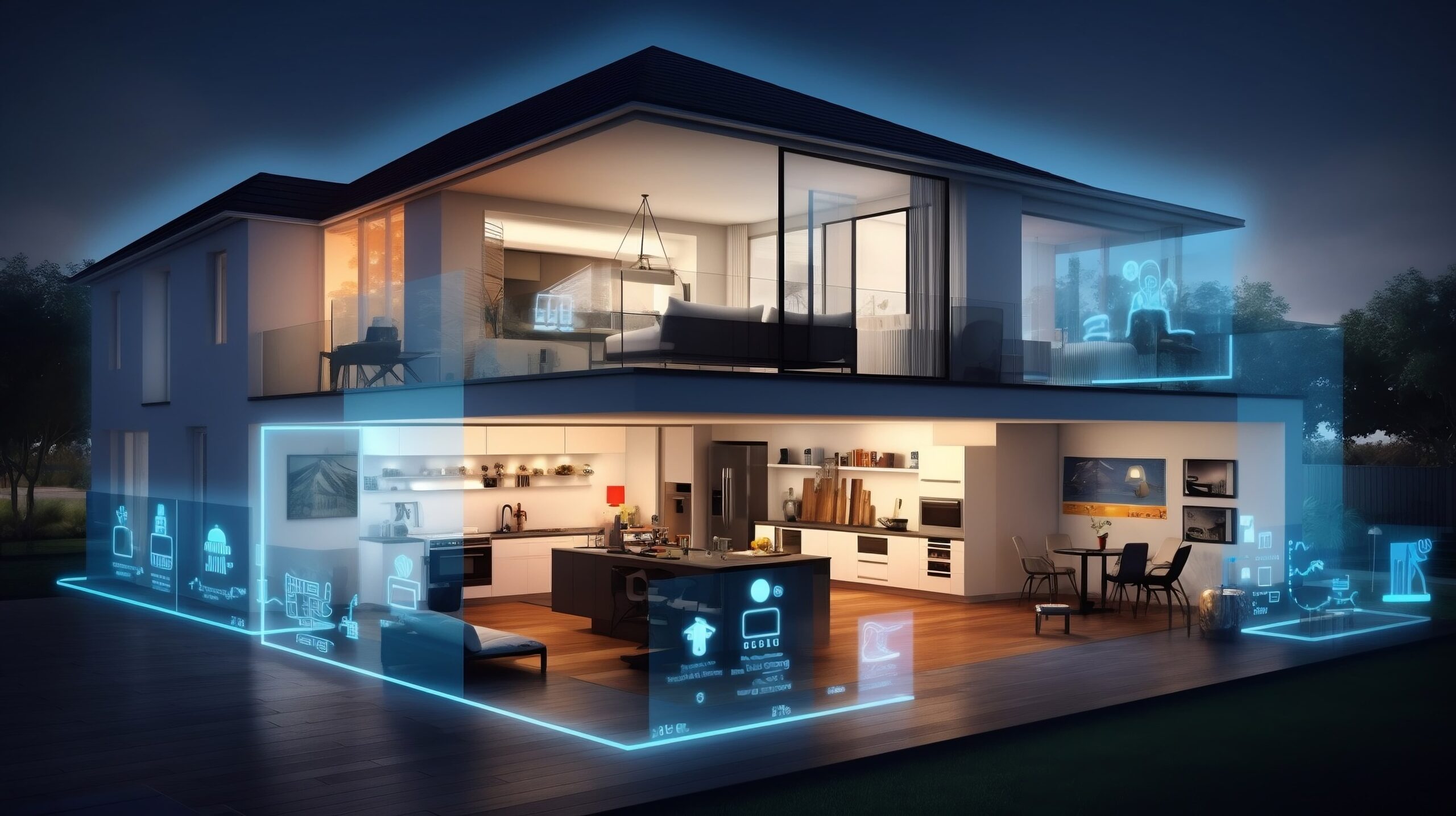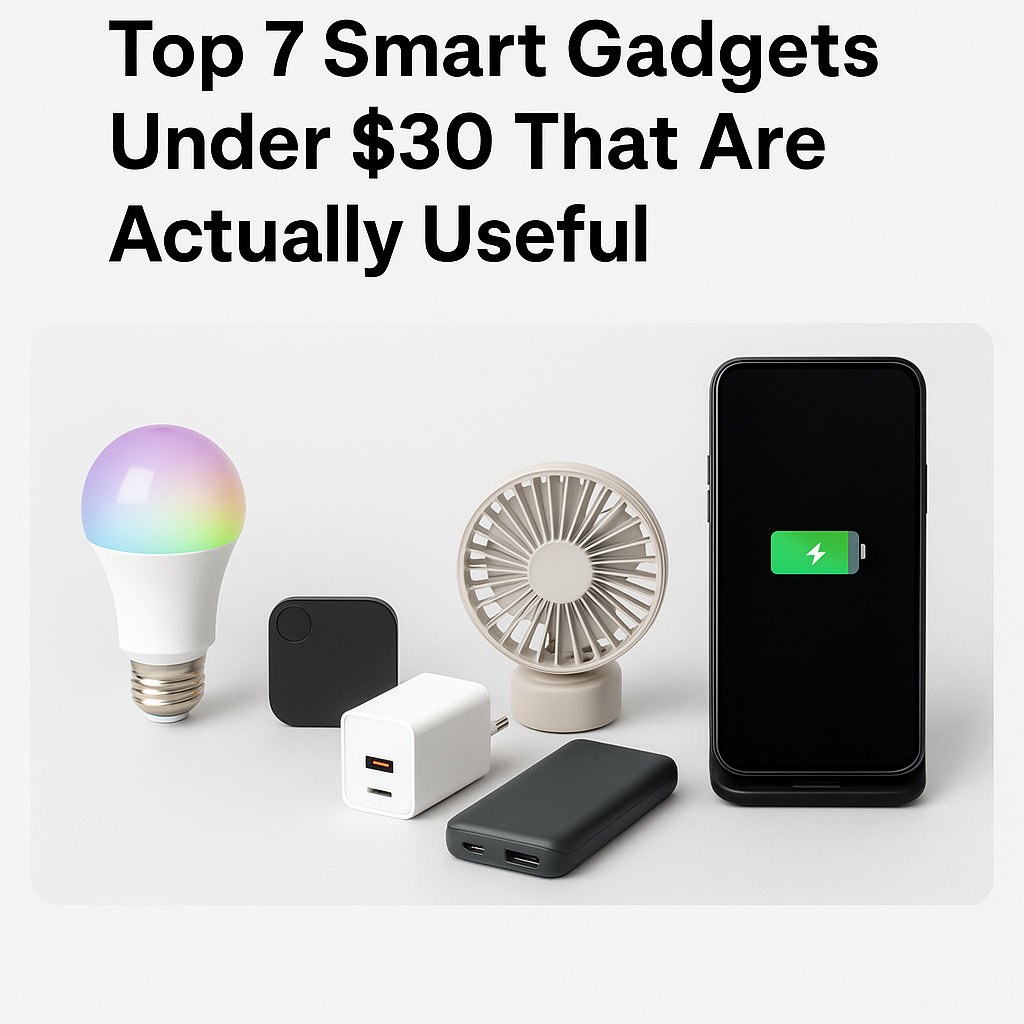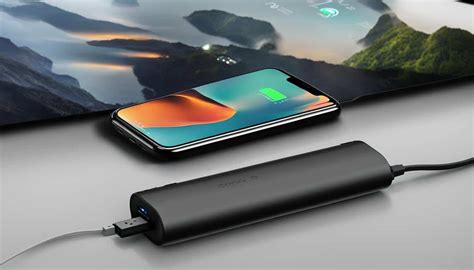What Is Veo by Google DeepMind?
In May 2025, Google DeepMind unveiled Veo, an advanced generative video model that sets a new benchmark in artificial intelligence. Unlike previous video generation systems that often struggled with realism and consistency, Veo produces high-quality, HD video clips — up to 1080p — from simple text prompts.
It’s the latest innovation in the generative AI space, following breakthroughs like Google’s Gemini, OpenAI’s Sora, and Meta’s Emu. However, Veo brings cinematic structure, motion coherence, and creative control to the next level.
How Does Veo Work?
Veo is built on a foundation of diffusion models, trained on vast video datasets — both short clips and longer sequences — allowing it to learn visual composition, motion continuity, and scene transitions.
Key capabilities include:
- Generating video from text prompts (“a time-lapse of a bustling Tokyo intersection at night”)
- Inpainting (editing or expanding existing videos)
- Style transfer (applying artistic or cinematic looks)
- Camera movement simulation (panning, dolly zooms, aerial sweeps)
- Support for both fictional and realistic scenarios
Its architecture draws from both Transformer and diffusion-based technologies, similar to what powers other multimodal models like Imagen and Gemini.
What Makes Veo Special?
🔹 Resolution and Detail – Unlike early-stage models limited to 480p or square formats, Veo supports HD and cinematic aspect ratios.
🔹 Temporal Consistency – Characters, objects, and camera paths remain stable across frames, avoiding flicker or sudden deformations.
🔹 Creative Control – Veo supports advanced conditioning: camera angles, color palettes, motion dynamics, and storyboard-like control.
🔹 Editing Capabilities – Veo can edit specific parts of a video or extend existing content seamlessly, allowing creators to iterate with precision.
🔹 Training Ethos – Google emphasizes responsible data use and watermarking by default, addressing ethical concerns around AI-generated content.
Who Is It For?
Veo is being tested with select filmmakers, creators, and visual artists via an experimental rollout within Google’s VideoFX platform. It’s designed for:
- Film directors and animators
- Video editors and digital artists
- Educators creating immersive learning content
- Marketing professionals and brand agencies
- Game developers and world builders
Applications: What Could Veo Change?
🎬 Filmmaking Democratized – Independent creators can storyboard and render scenes without expensive equipment.
📰 News & Education – Historical scenes and explanations can be visualized dynamically from verified prompts.
🎮 Gaming & Simulation – Designers can test game worlds or simulations without coding every frame.
🎨 Art & Expression – Artists can blend mediums and tell hybrid stories without traditional production barriers.
📱 Social Media & Ads – Short-form content with cinematic quality could be generated in seconds.
Limitations and Ethical Considerations
While Veo is a breakthrough, it’s not without challenges:
- Bias & hallucination: As with any large model, outputs can reflect biases in training data.
- Deepfake misuse: Powerful generative video tools pose risk for misinformation or impersonation.
- Copyright/data sourcing: Transparency around training sources is crucial.
- Computational cost: Rendering long, detailed clips still requires substantial computing power.
To address these, Google says Veo includes visible watermarking, detailed metadata, and collaboration with policy experts.
Final Thoughts: The Future of AI Video
Veo marks a paradigm shift — not just for AI researchers, but for visual storytellers across industries. While tools like ChatGPT changed how we write and Midjourney how we illustrate, Veo is poised to redefine how we see, imagine, and render moving images.
In the coming months, wider testing and integration into Google’s video ecosystem could mean that anyone — with a story and a sentence — can bring cinematic vision to life.





